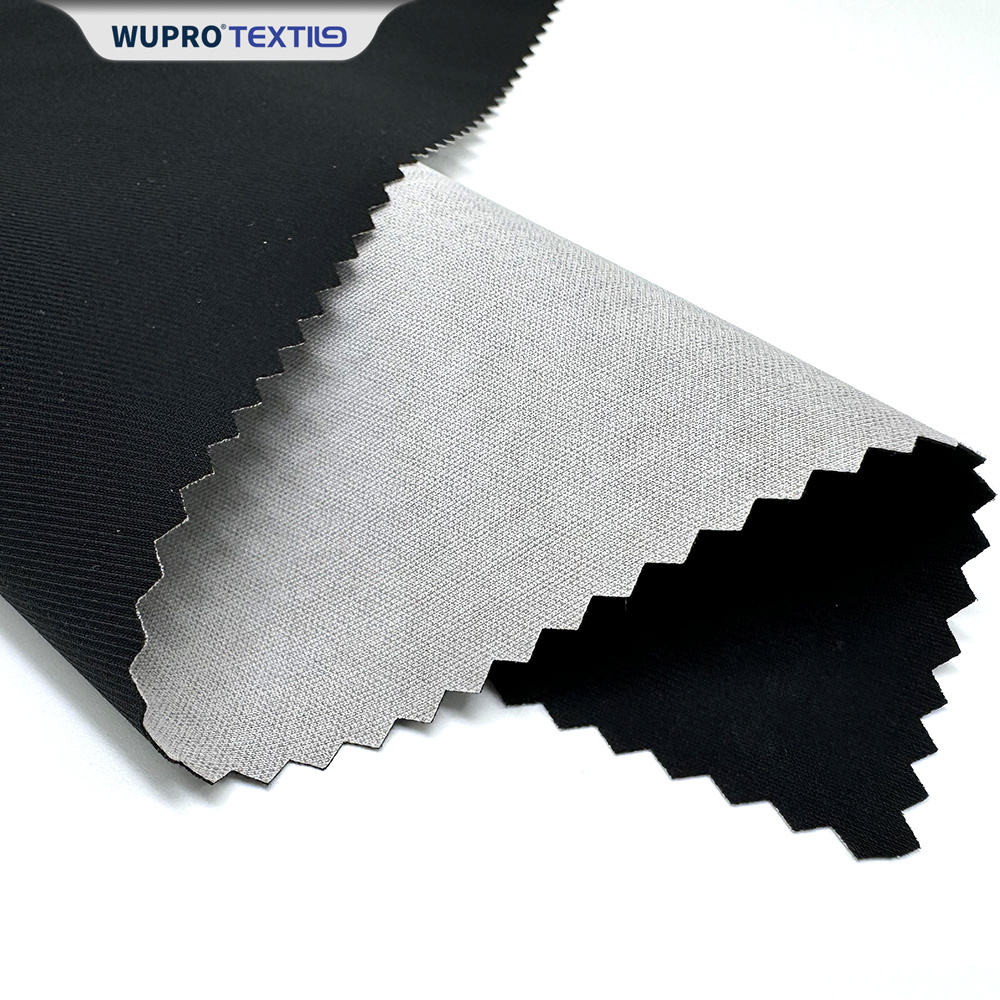Choosing the Right Swimsuit Fabrics: A Complete Guide to Comfort and Durability
Choosing the Right Swimsuit Fabrics: A Complete Guide to Comfort and Durability
Table of Contents
1. Introduction to Swimsuit Fabrics
2. Why Fabric Choice Matters in Swimsuits
3. Common Fabrics Used in Swimsuits
3.1 Nylon
3.2 Spandex
3.3 Polyester
3.4 Lycra
4. Key Properties of Swimwear Fabrics
Jul 06,2025

Choosing the Right Swimsuit Fabrics: A Complete Guide to Comfort and Durability
Table of Contents
- 1. Introduction to Swimsuit Fabrics
- 2. Why Fabric Choice Matters in Swimsuits
- 3. Common Fabrics Used in Swimsuits
- 4. Key Properties of Swimwear Fabrics
- 5. Matching Fabrics with Swimsuit Styles
- 6. Care Tips for Swimsuit Fabrics
- 7. Sustainable Fabric Options
- 8. FAQs About Swimsuit Fabrics
- 9. Conclusion
1. Introduction to Swimsuit Fabrics
When it comes to swimwear, the fabric is one of the most crucial elements that can affect your comfort and performance in the water. With a myriad of options available, from sleek and stylish to functional and durable, selecting the right swimsuit fabric requires a good understanding of the materials involved. This comprehensive guide will delve deep into the various types of swimsuit fabrics, their properties, and how to choose the perfect one for your needs.
2. Why Fabric Choice Matters in Swimsuits
The fabric of your swimsuit plays a pivotal role in determining not just how it looks, but also how it feels and performs. A **well-chosen fabric** can enhance your swimming experience significantly. Factors such as comfort, support, and even performance in water can vary dramatically based on the material used. By making an informed decision, you can ensure that your swimsuit is comfortable, stylish, and durable, ultimately enhancing your enjoyment while swimming.
3. Common Fabrics Used in Swimsuits
Swimsuits are typically made from a combination of synthetic fibers, which are engineered to provide specific benefits for aquatic activities. Below are some of the most common fabrics used in the production of swimsuits.
3.1 Nylon
**Nylon** is one of the most popular materials for swimwear. Known for its **lightweight** and **durable** properties, nylon offers excellent resistance to wear and tear. Additionally, it dries quickly, making it a practical choice for swimmers who want to transition from water to land effortlessly. The fabric also has a smooth texture, which makes it comfortable against the skin.
3.2 Spandex
**Spandex**, often known by its brand name Lycra, is celebrated for its incredible **elasticity**. This fabric allows swimsuits to stretch and conform to the body, providing a snug fit that enhances both performance and comfort. Swimsuits made with spandex are ideal for competitive swimmers, as they help reduce drag in the water.
3.3 Polyester
**Polyester** is another common fabric in swimwear. It is known for its high resistance to chlorine, making it a favored choice for regular pool use. Polyester swimsuits tend to retain their shape better than other fabrics, even after multiple washes. Additionally, this fabric offers UV protection, contributing to sun safety while swimming outdoors.
3.4 Lycra
While Lycra is technically a type of spandex, it deserves its own mention for its exceptional performance in swimwear. Garments containing Lycra provide excellent support and comfort, allowing for a full range of motion. Swimsuits made from Lycra are often more form-fitting, making them popular among competitive athletes.
4. Key Properties of Swimwear Fabrics
Understanding the various properties of swimsuit fabrics can aid in your decision-making process. Here are some key characteristics to consider when selecting a swimsuit.
4.1 Durability
Durability is essential in swimwear fabrics, especially for those who swim frequently. Fabrics like polyester and nylon are engineered for strength and can withstand the rigors of regular use. Choosing a durable fabric will ensure that your swimsuit remains in good condition for longer periods.
4.2 Stretchability
The stretchability of a swimsuit fabric is crucial for comfort and fit. Fabrics that include a high percentage of spandex or Lycra provide excellent stretch, allowing for freedom of movement while swimming. This property is particularly important for competitive swimmers who need to perform at their best.
4.3 Quick-Drying
Quick-drying fabrics are designed to minimize water retention, allowing the garment to dry faster once you leave the water. This can greatly enhance your comfort when transitioning from swimming to lounging or engaging in other activities.
4.4 Chlorine Resistance
Chlorine can be harsh on fabrics and can lead to fading and deterioration over time. Fabrics specifically treated for chlorine resistance, such as certain polyester blends, are ideal for regular pool use. Choosing a chlorine-resistant fabric can prolong the life of your swimsuit significantly.
5. Matching Fabrics with Swimsuit Styles
Different swimsuit styles benefit from specific fabric types. The right match can elevate not only the look but also the functionality of the swimwear.
For instance, one-piece swimsuits often use a combination of nylon and spandex for a sleek, body-hugging fit. On the other hand, swim trunks may incorporate polyester for durability and comfort. Additionally, swim dresses typically combine a blend of these fabrics to provide both style and functionality.
6. Care Tips for Swimsuit Fabrics
Proper care can extend the lifespan of your swimsuit. Here are some tips to keep your swimwear in top condition:
- **Rinse After Use:** Always rinse your swimsuit in cool, fresh water after swimming to remove chlorine or salt.
- **Hand Wash:** Instead of machine washing, hand wash your swimsuit in a mild detergent to avoid damage.
- **Avoid Heat:** Do not wring out your swimsuit or dry it in direct sunlight. Lay it flat to dry in a shaded area for best results.
- **Store Properly:** Avoid folding your swimsuit; instead, hang it or lay it flat to prevent creases.
7. Sustainable Fabric Options
In recent years, sustainable swimwear fabrics have gained popularity. Many brands now offer swimsuits made from **recycled materials**, such as recycled polyester created from plastic bottles. Choosing sustainable options not only benefits the environment but also ensures that your swimwear is made ethically.
Additionally, some companies are exploring innovative fabrics made from natural fibers, which may offer biodegradable solutions for eco-conscious consumers.
8. FAQs About Swimsuit Fabrics
1. What is the best fabric for competitive swimwear?
The best fabric for competitive swimwear is typically a blend of spandex and nylon or Lycra, providing excellent stretch, durability, and a snug fit.
2. How can I tell if my swimsuit fabric is chlorine-resistant?
Check the label for specific mentions of chlorine resistance or look for polyester blends, which are often designed to withstand chlorine exposure.
3. Can I wear my swimsuit in saltwater?
Yes, most swimsuit fabrics can be worn in saltwater. However, rinsing your swimsuit after saltwater exposure is essential to maintain its condition.
4. What is the difference between nylon and polyester swimwear?
Nylon is light and dries quickly but may not be as durable against chlorine as polyester. Polyester is more resilient and often retains its shape better over time.
5. Are there swimwear options for plus-sized individuals?
Yes, many brands offer swimsuits designed specifically for plus-sized individuals, often using supportive and stretchy fabrics to ensure comfort and style.
9. Conclusion
Choosing the right swimsuit fabric is a crucial step in ensuring comfort, durability, and style while enjoying aquatic activities. By understanding the characteristics of different materials, their properties, and how they align with your specific needs, you can make an informed decision that enhances your swimming experience. Whether you're lounging by the pool, enjoying a day at the beach, or diving into competitive swimming, the right fabric can make all the difference. Embrace the world of swimsuit fabrics, and elevate your swimwear game today!
PREVIOUS:
Contact Us
E-mail:
Address:
1302, Zhongjun Fortune Center, Fengli Street, Shishi, Fujian, China.









